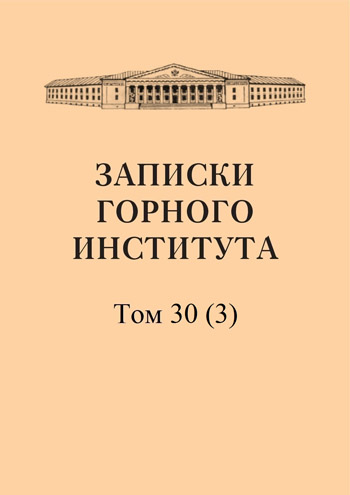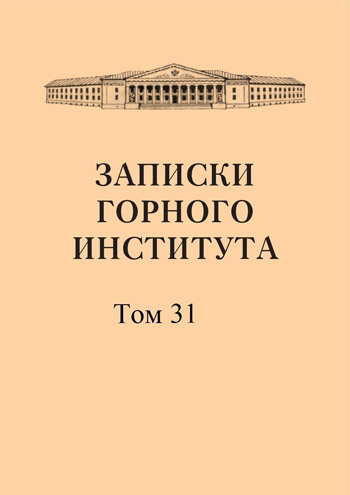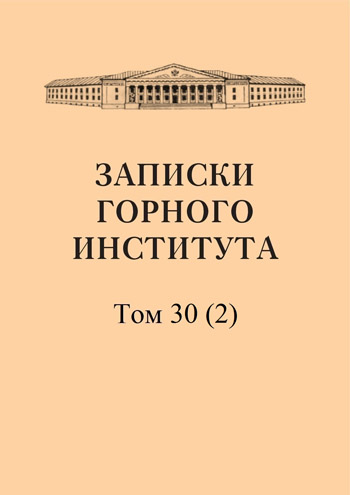-
Date submitted1954-09-27
-
Date accepted1954-11-27
-
Date published1955-09-07
The coal industry of the USSR during the civil war and the transition to peaceful work for restoring the national economy (1918-1925)
- Authors:
- E. L. Gorokhovskii
The first steps towards implementing workers' control in industry were taken during the February bourgeois-democratic revolution. Immediately after the February events in Petrograd, the factory committees of the factories of the military and naval ministries, elected in the first days of the revolution, in the absence of administration, which had partially fled or been removed by the workers themselves after the fall of the monarchy, were faced with the need to deal with issues of wages, supplying enterprises with fuel, raw materials, etc. A similar situation developed in a number of other state and private enterprises. The Provisional Government, expressing the interests of the bourgeoisie, sought to limit the rights of the factory committees to issues of labor and representation before government and public institutions, avoiding even mentioning the control functions of the factory committees in official documents. The working class soon broke the narrow framework in which the bourgeoisie tried to place the activities of the factory committees. The victory of the Great October Socialist Revolution introduced into the activities of factory committees are fundamentally new: they have become officially recognized organs of workers' control, relying on the full power of the proletarian state (see article).
-
Date submitted1954-09-16
-
Date accepted1954-11-24
-
Date published1955-09-07
On the reporting of mines on cost price
- Authors:
- G. G. Bro
In connection with the fact that the development of the socialist national economy is ensured by internal savings, which are determined by the reduction of production costs, the importance of this indicator is extremely great. The task of reducing production costs is of particular importance at the present time, when the Communist Party and the Soviet government continue to develop heavy industry at a high rate and at the same time organize a steep rise in agriculture and the production of consumer goods. In order for the struggle to fulfill and overfulfill production costs to proceed successfully, it is necessary to organize systematic and careful control over their implementation. The most important means of such control is reporting on the production costs. In modern literature on accounting in the coal industry, insufficient attention is paid to the issues of constructing production costs reports. This article provides a number of practical proposals for improving production costs reports in coal mines in order to improve control over the fulfillment and overfulfillment of plans to reduce coal costs.
-
Date submitted1954-09-20
-
Date accepted1954-11-27
-
Date published1955-09-07
On differential rent in the coal industry of the USSR
- Authors:
- I. A. Nedoluzhenko
Differential rent should benefit the state. If differential rent were to remain in the mine that produces it, it would result in it receiving unjustified profits, an excessively high profitability as a result of better natural conditions, and not as a result of savings, the use of new technology and improved organization of production. In addition, receiving high profits would not stimulate mines to further struggle to reduce production costs and increase profitability. On the other hand, the mine that operates under worse natural conditions, the cost of coal of which is significantly higher than the selling price, should receive a significant state subsidy. Such a mine would be deprived of the incentive to strive for profitability, since its loss is covered by the state. Thus, the establishment of selling prices and the consideration of differential rent are of great importance for improving the quality of work of each mine and the entire coal industry as a whole.
-
Date submitted1954-09-19
-
Date accepted1954-11-09
-
Date published1955-09-07
Some issues of planning organizational and technical measures in the coal industry of the USSR
- Authors:
- M. V. Mordukhovich
The most developed form of planning the production and economic activities of industrial enterprises is the technical, industrial and financial plan, the most important distinguishing feature of which is technical and economic justification, close coordination of elements of technology and economics and the presence of a plan of organizational and technical measures (orgtechplan). Organizational and technical measures are understood to be those measures that are aimed at fulfilling and overfulfilling state plans with the best technical and economic indicators or at improving production conditions and which are carried out by improving technology, technology and organization of production. The orgtechplan is an important means of mobilizing and using internal production reserves. Consideration of some ways and methods for eliminating the shortcomings in planning organizational and technical measures at a number of mines and open pits is the subject of this article.


